Optimal Seasons for Waterproofing
Waterproofing is an essential process to protect structures from water infiltration, which can cause damage, mold growth, and structural deterioration. Proper timing of waterproofing application ensures maximum effectiveness and longevity of the protective barrier. Understanding seasonal and environmental factors is crucial for scheduling waterproofing projects effectively.
Spring is ideal due to moderate temperatures and increasing moisture levels, allowing for proper curing and adhesion of waterproofing materials.
Summer offers warm, dry conditions, which can facilitate faster application and drying times, but high temperatures require careful consideration to prevent material degradation.
Fall provides cooler temperatures and lower humidity, making it suitable for waterproofing before winter, especially in preparation for potential freeze-thaw cycles.
Winter is generally not recommended due to freezing temperatures and snow, which hinder proper application and curing of waterproofing products.
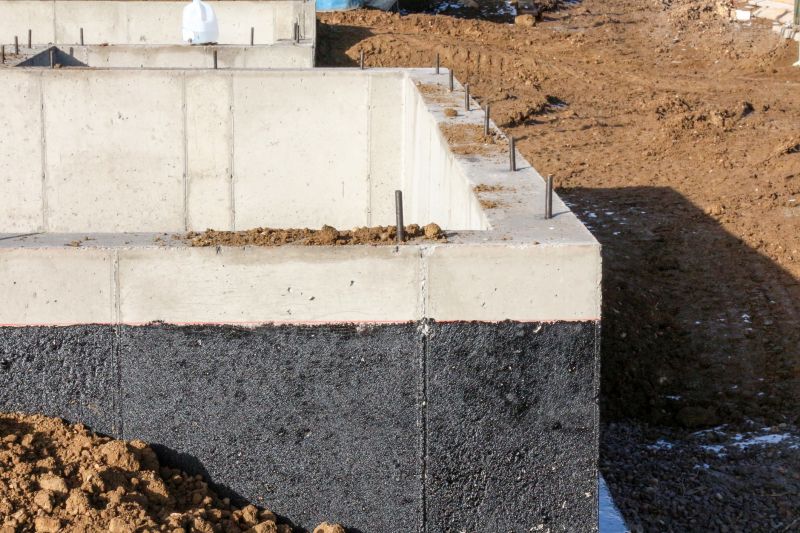
Optimal conditions for adhesion and curing, reducing the risk of future water damage.
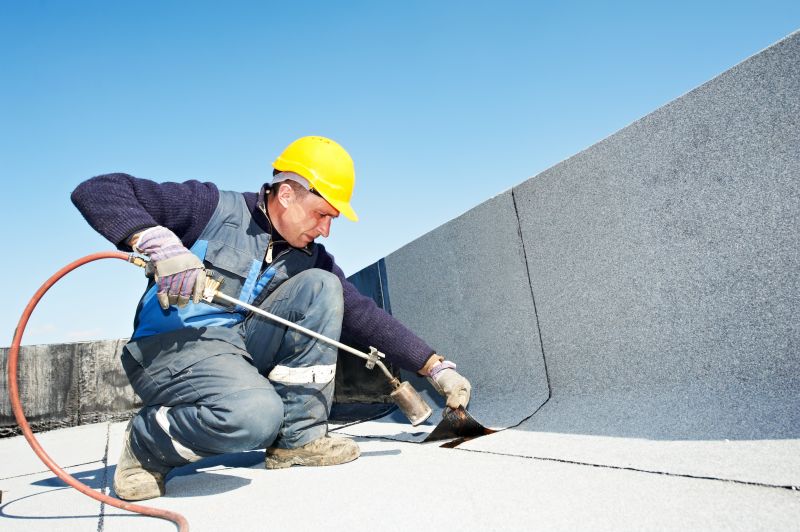
Utilizes warm weather for efficient application, but requires attention to high temperatures.
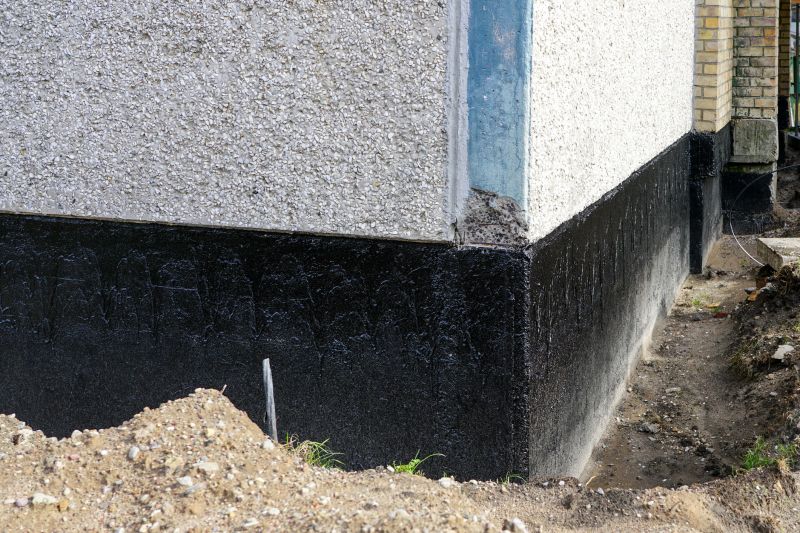
Ensures structures are protected before winter's freeze-thaw cycles.
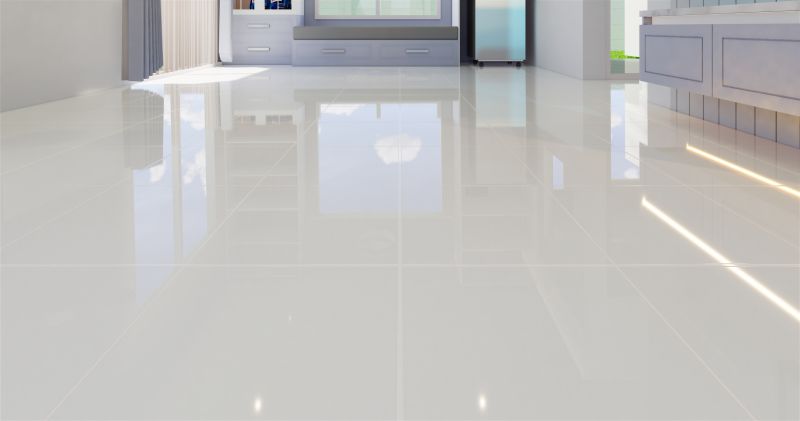
Ways to make Waterproofings work in tight or awkward layouts.

Popular materials for Waterproofings and why they hold up over time.
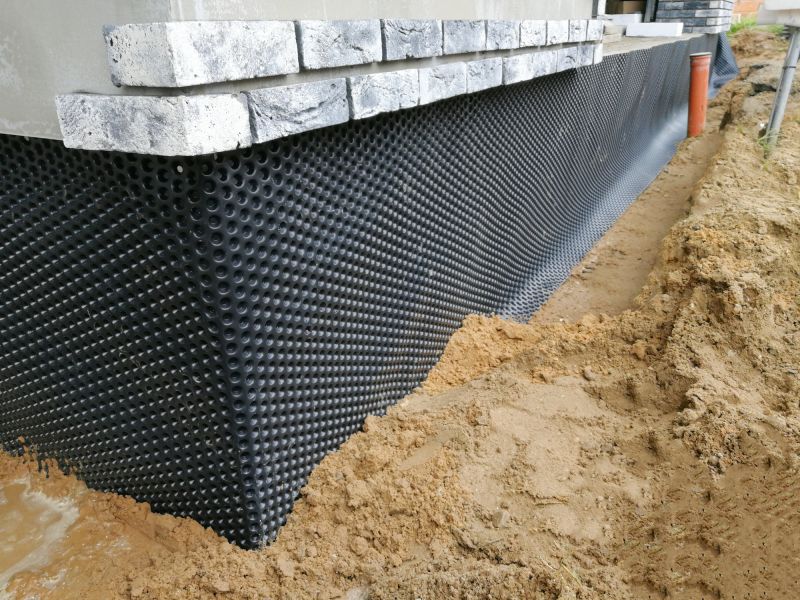
Simple add-ons that improve Waterproofings without blowing the budget.
| Season | Recommended Conditions |
|---|---|
| Spring | Moderate temperatures, increasing humidity |
| Summer | Warm, dry weather with caution for high heat |
| Fall | Cooler temperatures, lower humidity |
| Winter | Freezing temperatures and snow, generally unsuitable |
Waterproofings are critical for maintaining the integrity of foundations, roofs, basements, and other structures exposed to moisture. Advances in waterproofing materials have enhanced durability and ease of application. Proper timing aligned with seasonal conditions can maximize the lifespan of waterproofing systems, reducing long-term repair costs and structural issues.
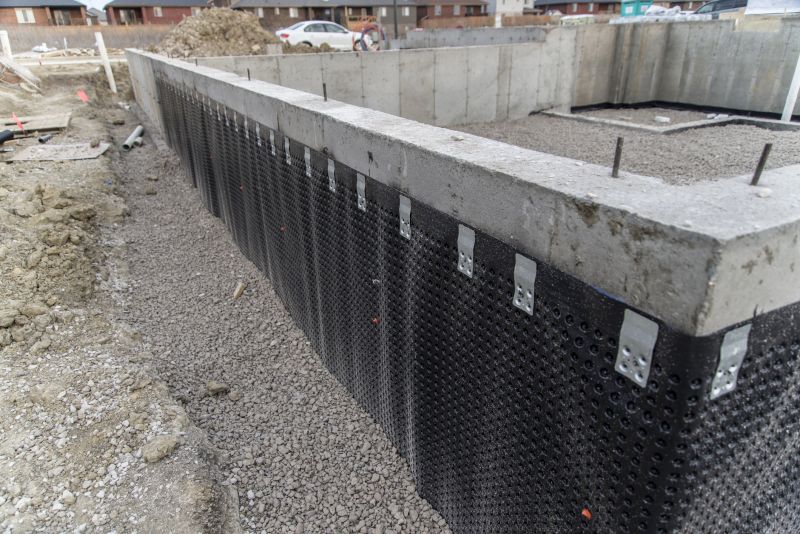
Various options include liquid membranes, sheet membranes, and cementitious coatings, each suited for different applications.
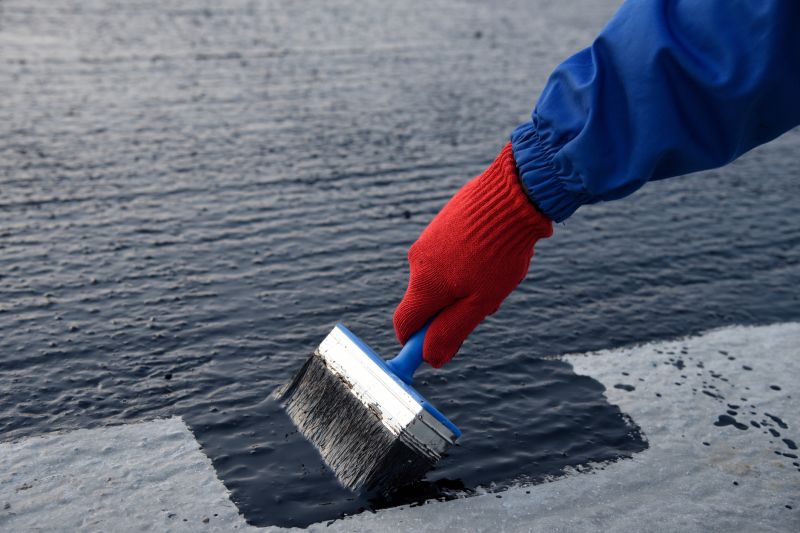
Proper surface preparation and environmental conditions are essential for optimal results.
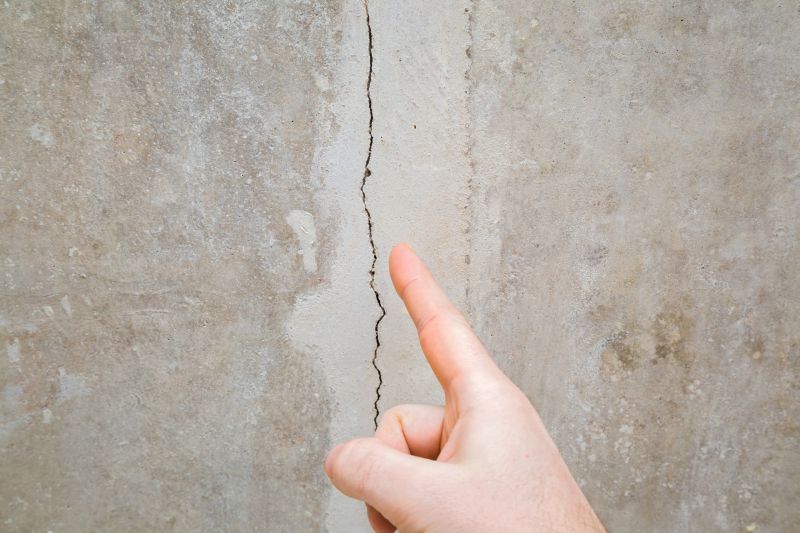
Addressing issues such as poor adhesion, cracks, and improper curing can extend system effectiveness.
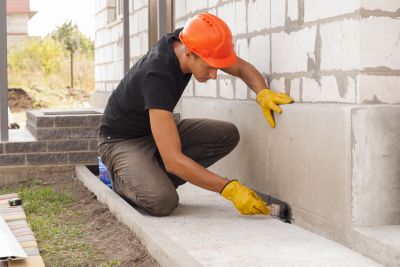
Regular inspections and touch-ups help maintain waterproofing performance over time.
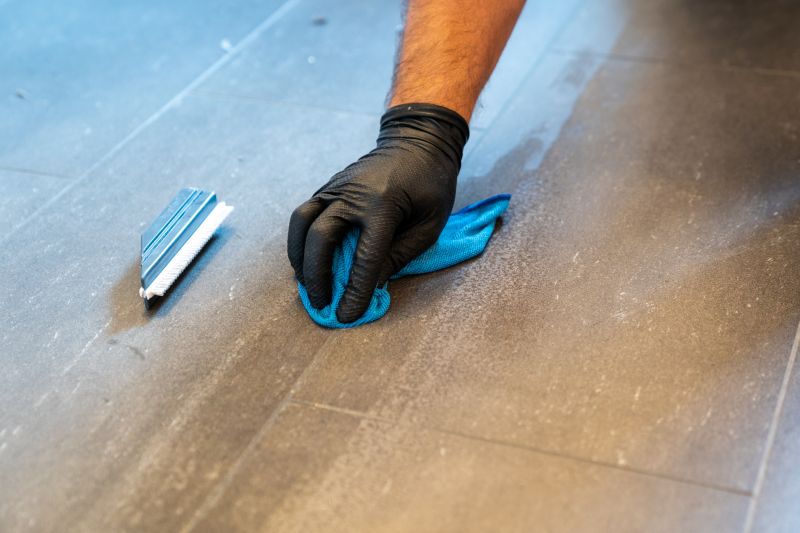
High-end options that actually feel worth it for Waterproofings.
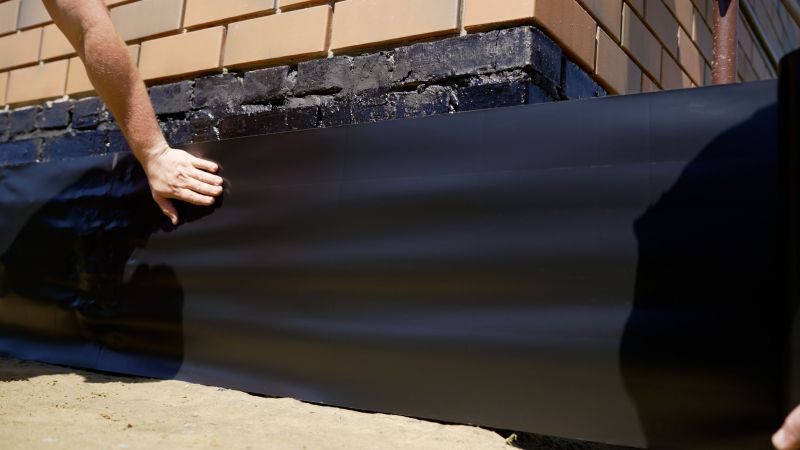
Finishes and colors that play nicely with Waterproofings.

Little measurements that prevent headaches on Waterproofings day.
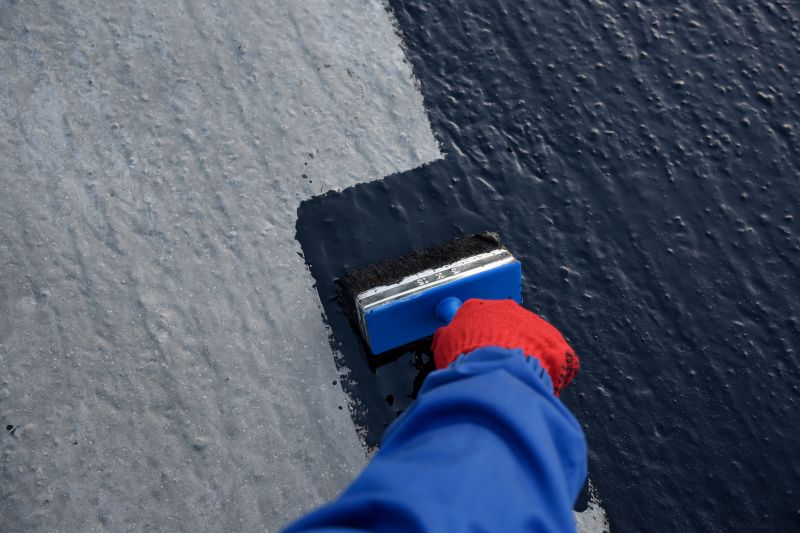
A 60-second routine that keeps Waterproofings looking new.
Choosing the right time for waterproofing projects depends on local climate conditions and the specific requirements of the structure. Consulting with waterproofing specialists can help determine the optimal window for application, ensuring the best protection against water intrusion and related damages.

Application of liquid membranes on building exteriors.

Structures protected against water infiltration with durable systems.
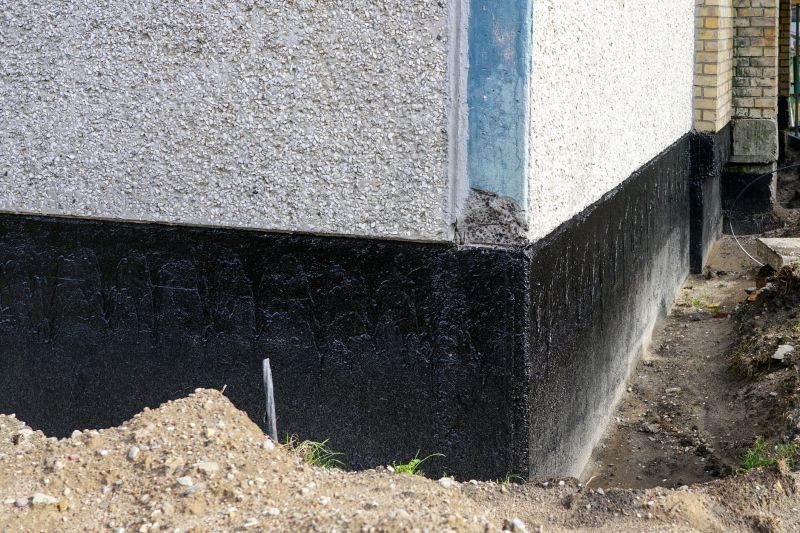
A frequent mistake in Waterproofings and how to dodge it.

Small tweaks to make Waterproofings safer and easier to use.
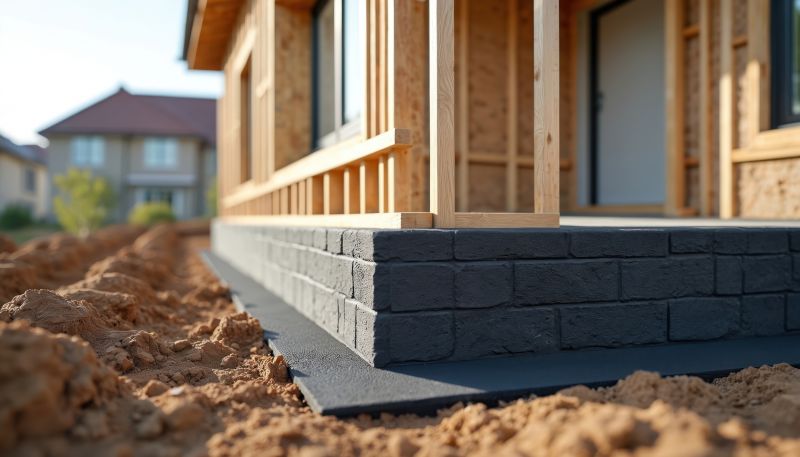
Lower-waste or water-saving choices for Waterproofings.
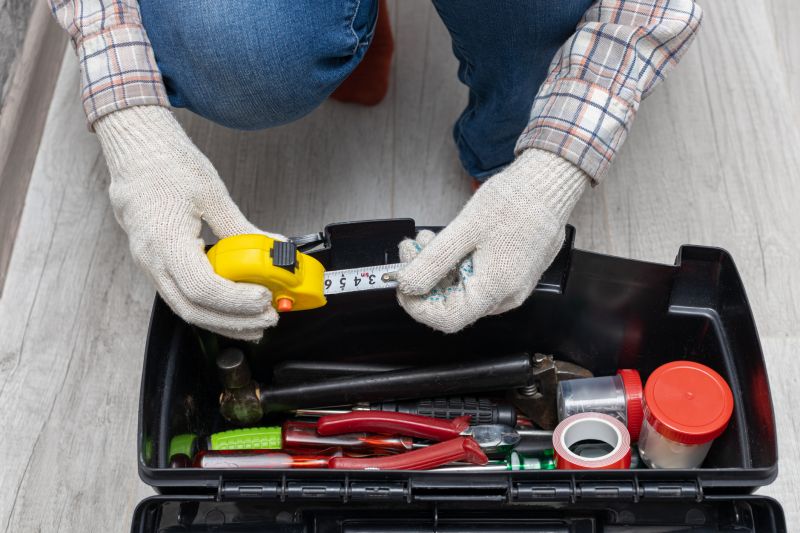
The short, realistic tool list for quality Waterproofings.

Rough timing from prep to clean-up for Waterproofings.
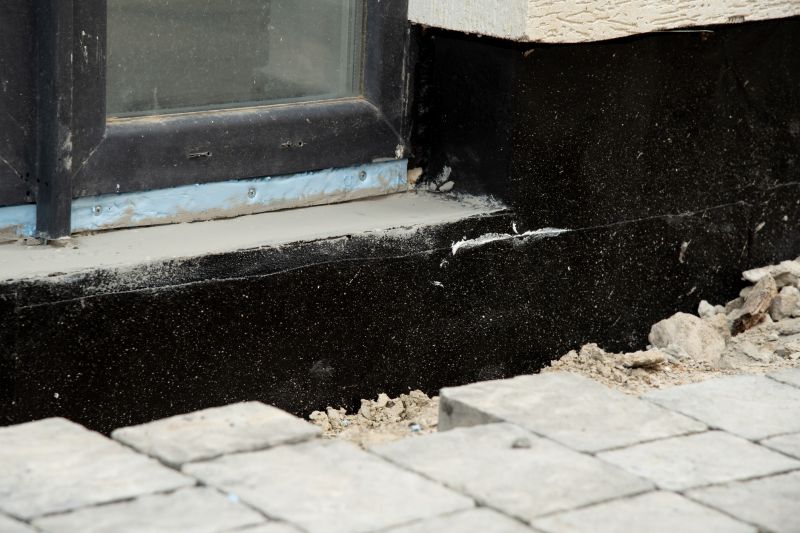
Quick checks and paperwork to keep after Waterproofings.
Interested in waterproofing services? Filling out the contact form can provide more information about suitable timing and tailored solutions for specific structures. Proper scheduling ensures effective protection and long-lasting results.

